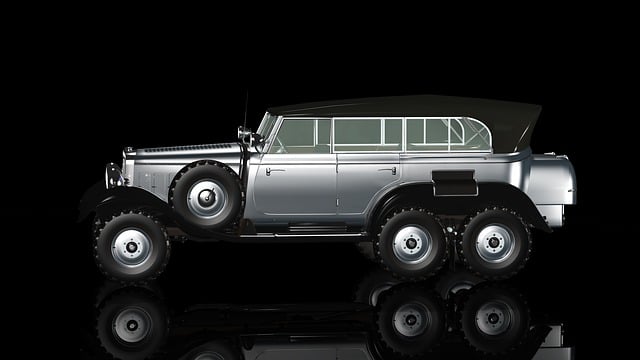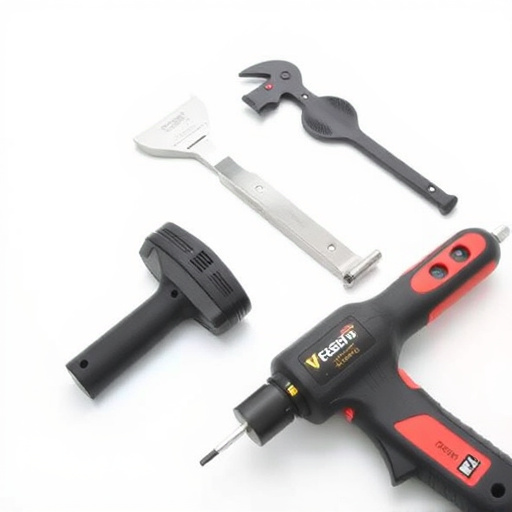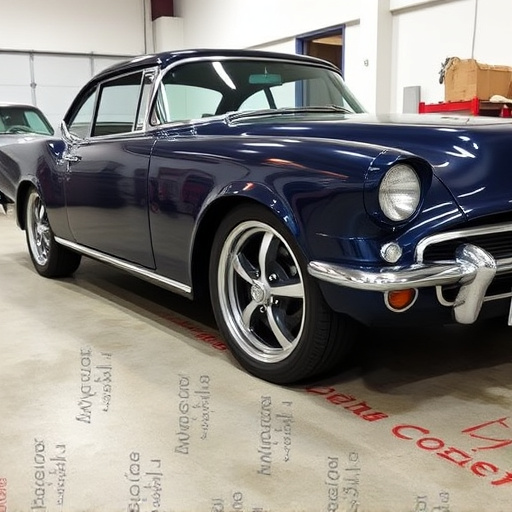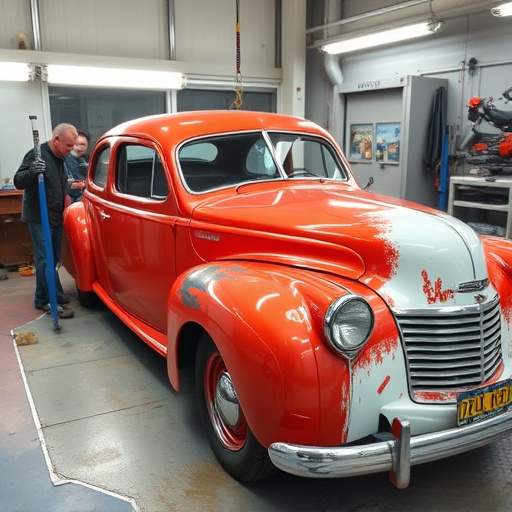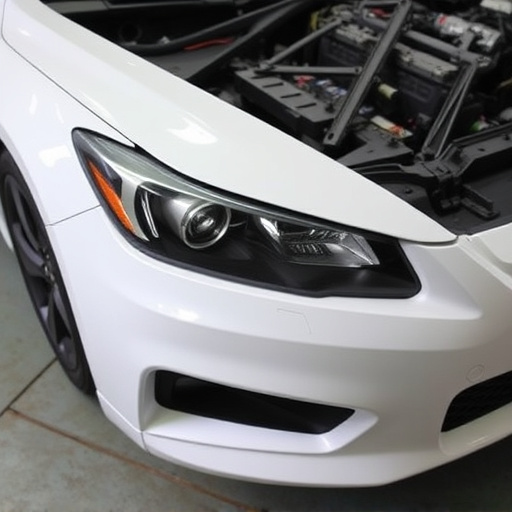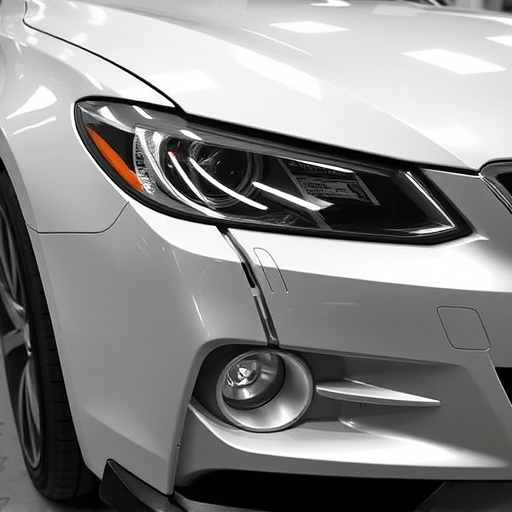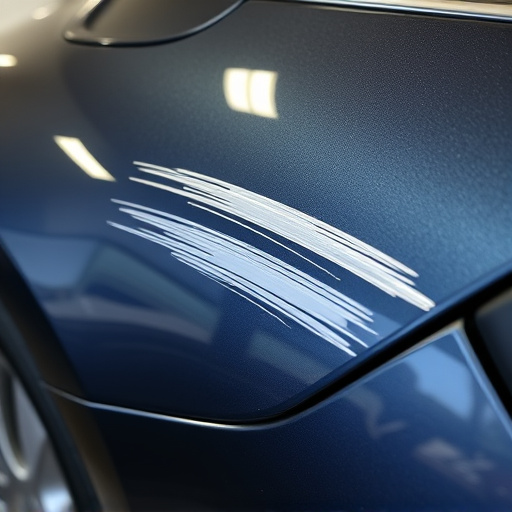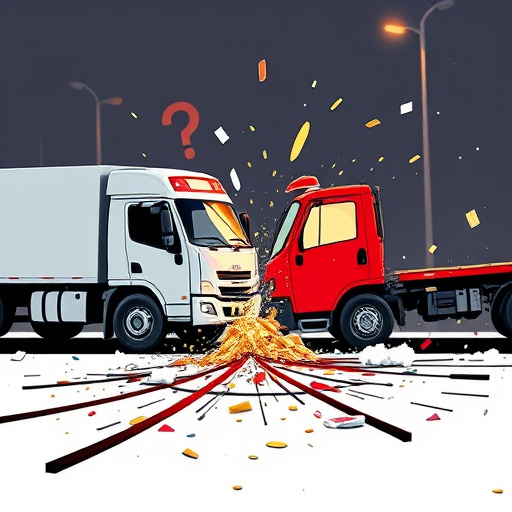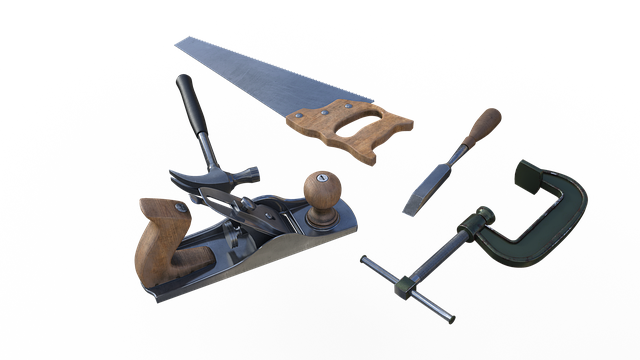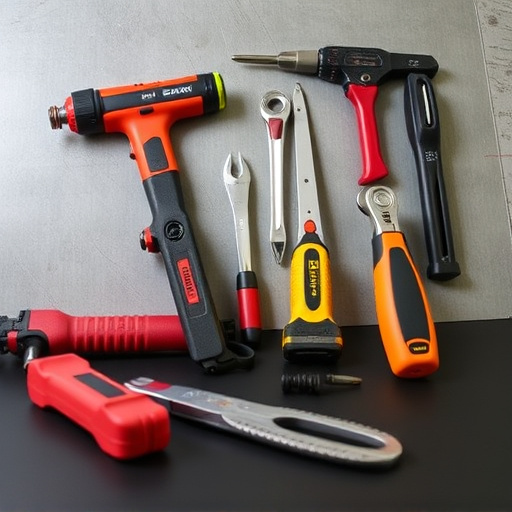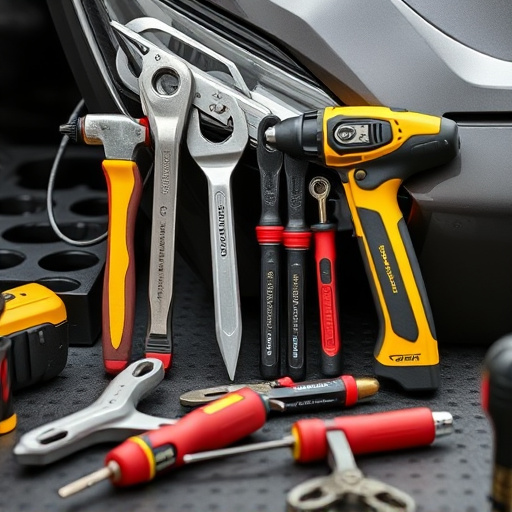Hydraulic frame machines have been a staple in auto body repair for decades, using hydraulics to straighten frames precisely. Unlike computerized systems, they offer a hands-on approach requiring skilled technicians. Computerized frame straightening systems, though more expensive, provide advanced technology and precision, automating the process for faster, consistent results, but may lack versatility for complex vehicle structures. For intricate frame straightening tasks, modern computerized systems offer a revolutionary solution that combines efficiency and precision.
In the automotive repair landscape, frame straightening systems are paramount for ensuring structural integrity. This article delves into the heart of two dominant technologies: the traditional hydraulic frame machine and modern computerized systems. By examining their unique attributes, we gain insights into the advantages and drawbacks of each. Through a comprehensive analysis focusing on efficiency and precision, this guide helps mechanics choose the optimal tool for their needs, whether it’s the reliable strength of hydraulics or the advanced capabilities of computers.
- Understanding Hydraulic Frame Machines
- Advantages and Disadvantages of Computerized Systems
- Comparative Analysis: Efficiency and Precision
Understanding Hydraulic Frame Machines
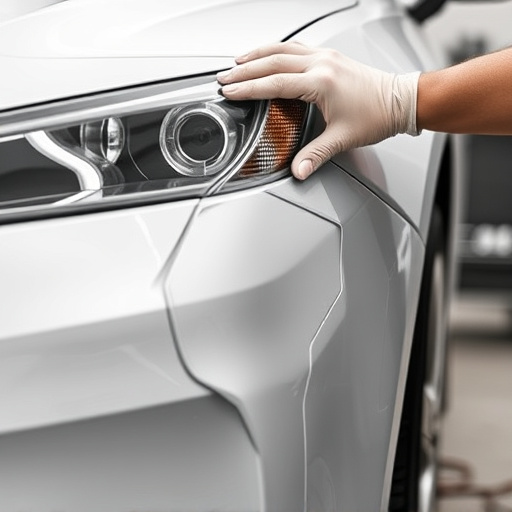
Hydraulic frame machines have been a cornerstone in the auto body repair industry for decades, offering a robust and reliable method for straightening and reshaping vehicle frames after accidents or damage. These machines leverage the power of hydraulics to exert precise, controlled forces on metal panels, allowing technicians to return them to their original dimensions. By using a network of hydraulic cylinders and rams, these machines can apply pressure at various points along a car’s frame, making it an effective tool for complex dent removal and structural correction in mercedes benz collision repair scenarios.
Unlike computerized systems that rely on advanced sensors and algorithms, hydraulic frame machines provide a hands-on approach to auto body repair. Technicians manually adjust the machine’s settings and apply their expertise to guide the process, ensuring accurate results. While this method may seem more traditional, it still plays a significant role in modern collision repair shops, especially for specialized tasks like aligning chassis components or correcting severe angular damage, which often requires a combination of both hydraulic power and skilled human intervention for optimal mercedes benz collision repair outcomes.
Advantages and Disadvantages of Computerized Systems
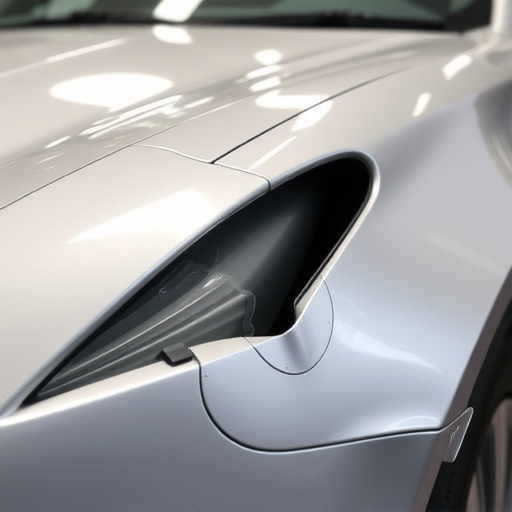
Computerized frame straightening systems have gained popularity in auto body repair shops due to their advanced technology and precision. These systems use sophisticated sensors and software algorithms to accurately measure and adjust vehicle frames, ensuring a more precise and faster dent removal process. Advantages include higher efficiency, reduced labor costs, and consistent results, making them ideal for high-volume shops offering tire services and comprehensive auto body repair.
However, computerized systems also come with certain drawbacks. They often require significant upfront investment in machinery and training, which can be a challenge for smaller workshops. Additionally, while these machines excel at straightening frames, they may not offer the same level of versatility as hydraulic frame machines when dealing with complex or unique vehicle structures. Nevertheless, with ongoing technological advancements, computerized systems continue to evolve, bridging the gap between speed and adaptability in auto body repair processes.
Comparative Analysis: Efficiency and Precision
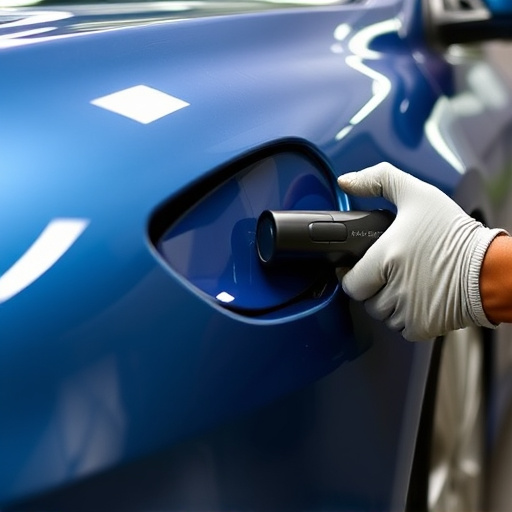
When comparing hydraulic frame machines to computerized frame straightening systems, efficiency and precision stand out as key factors. Hydraulic machines, long the industry standard, offer robust performance and a proven track record in car damage repair and bumper repair processes. Their mechanical design allows for consistent force application, making them reliable for tasks that require significant adjustment and alignment. However, they can be more labor-intensive, requiring skilled technicians to manually adjust settings and monitor progress.
In contrast, computerized frame straightening systems have revolutionized the landscape of frame straightening. These advanced machines leverage technology to achieve unparalleled precision, automating many steps in the repair process, including measuring damage, calculating adjustments, and ensuring minimal human intervention. This not only speeds up the overall repair time but also enhances accuracy, reducing the risk of errors that can lead to further car damage. For shops specializing in bumper repair and other intricate frame straightening tasks, computerized systems offer a game-changer solution that combines efficiency and precision to deliver top-notch service.
In comparing hydraulic frame machines with computerized systems, it’s clear that both have their strengths. Hydraulic machines offer robust, reliable performance for heavy-duty straightening tasks, while computerized systems excel in precision and efficiency, especially for complex, intricate work. Ultimately, the choice between the two depends on the specific requirements of the workshop, with hydraulic frame machines being a proven, dependable option and computerized systems providing advanced, accurate solutions for modern automotive repair needs.
